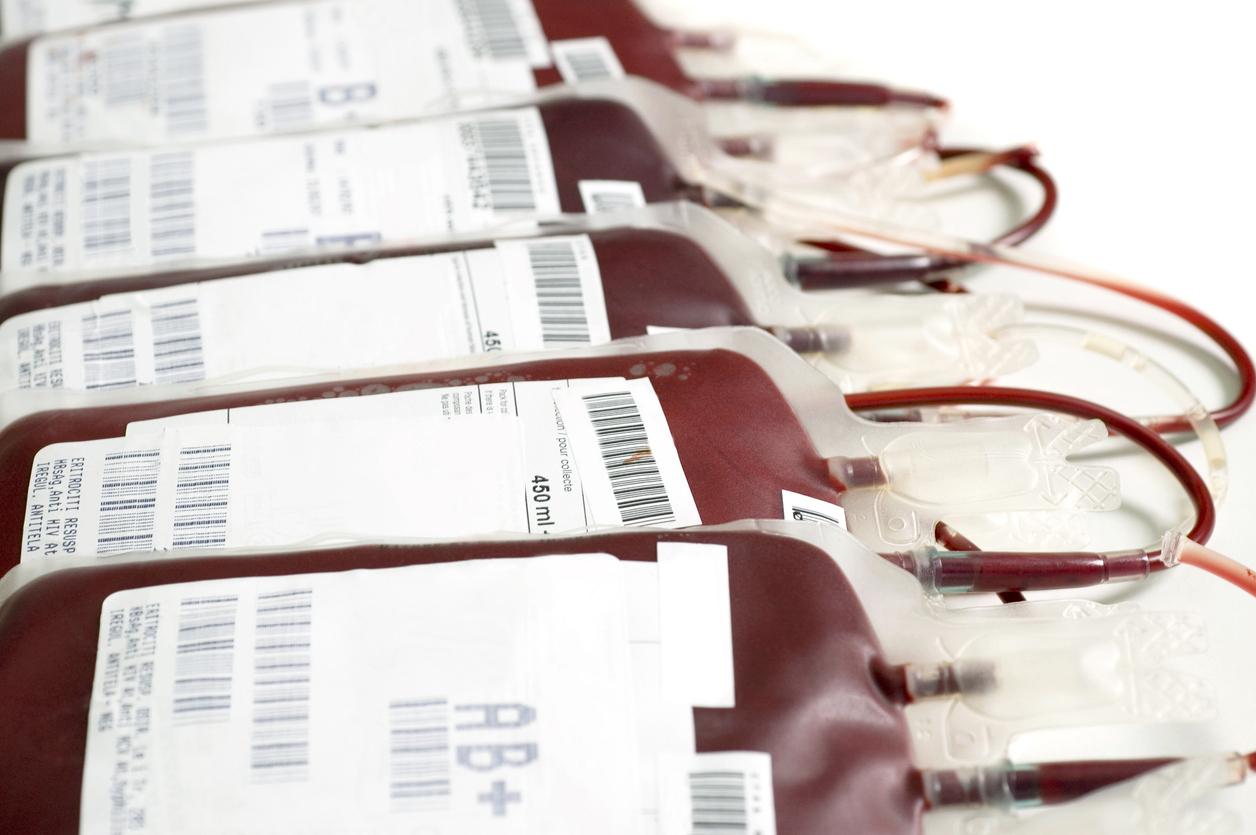To clean the blood infected with a disease, American researchers have developed a new device “Biospleen”, according to the results of a study published in the medical journal Nature Medicine. This device is made up of nanoscopic magnetic beads (less than a thousandth of a millimeter) coated with a genetically engineered human blood protein called MBL.
This device works like the spleen. It removes bacteria, fungi and toxins from the blood and returns them to the body once cleansed.
Plugged in outside the body, like a dialysis machine, Biospleen has two channels to process blood. MBL blood protein is used because it binds with bacteria, fungi and pathogens.
Biospleen, a technological breakthrough for blood infections
Bioengineers from Harvard’s Wyss Institute, inventors of Biospleen, tested this new device on rats. The researchers infected the blood of rodents with two bacteria, Staphylococcus aureus and Escherichia coli. After the blood was filtered by the machine, 90% of the bacteria were removed from the blood.
“This device could one day be useful in the treatment of patients with Ebola insofar as the MBL protein is believed to be able to bind with the virus causing this hemorrhagic fever” explains Donald Ingber, co-author of the study. “The protein could also bind to the HIV, the AIDS virus, and Marburg virus, which causes another hemorrhagic fever, very similar to Ebola “.
“Even if the results of this work are conclusive, we need to carry out tests on a larger scale and on larger animals to validate this experiment” concludes Donald Ingber.
“But if this device proves to be as effective and safe in humans, it could make it possible to physically clean the blood by removing a wide variety of pathogens or toxins,” Donald Ingber told AFP. “The treatment could be carried out even before the pathogen has been formally identified and the optimal antibiotic treatment has been chosen,” he adds.
Indeed, the blood infections affect 18 million people worldwide each year with a death rate of 30 to 50%.
















